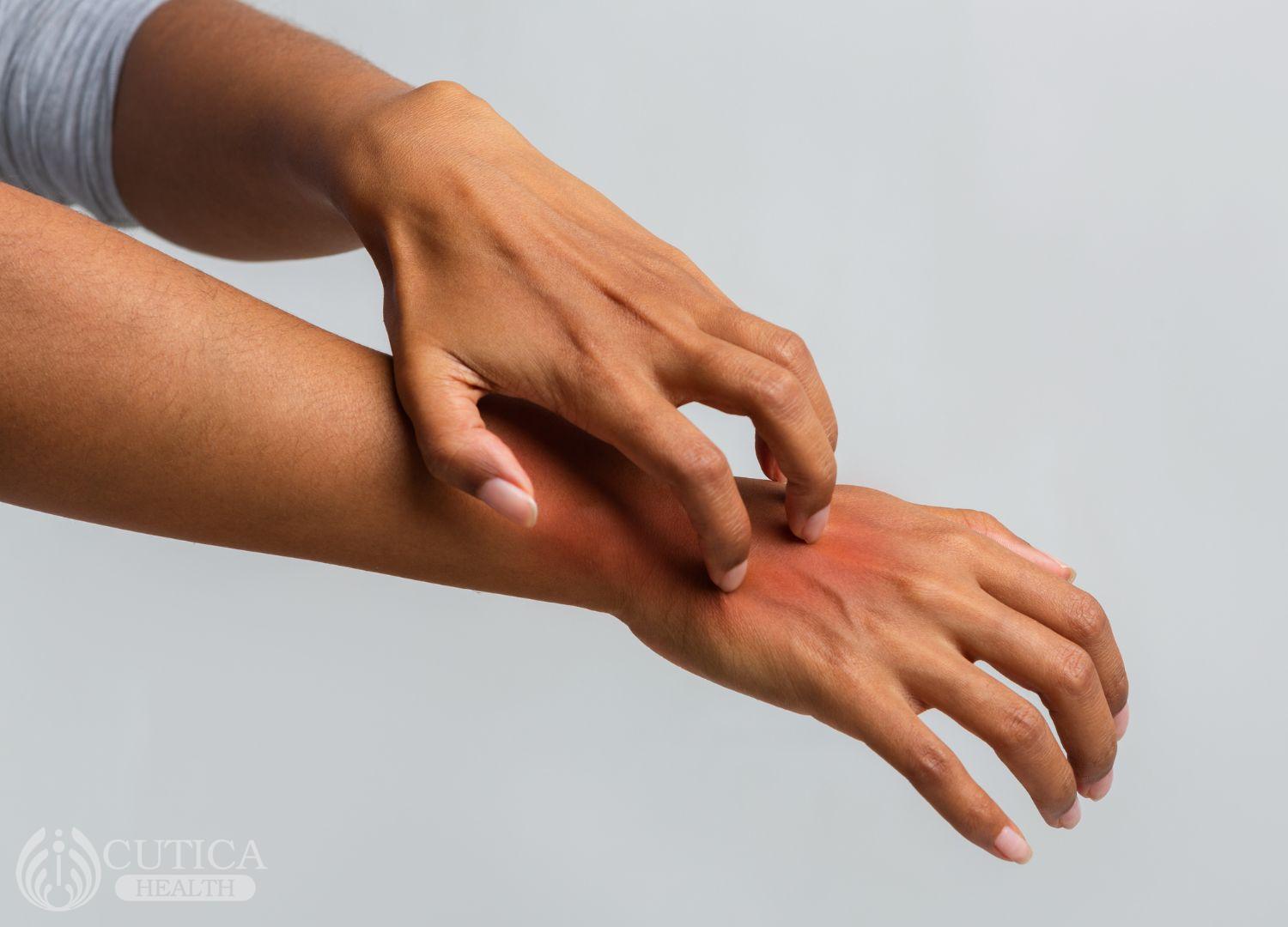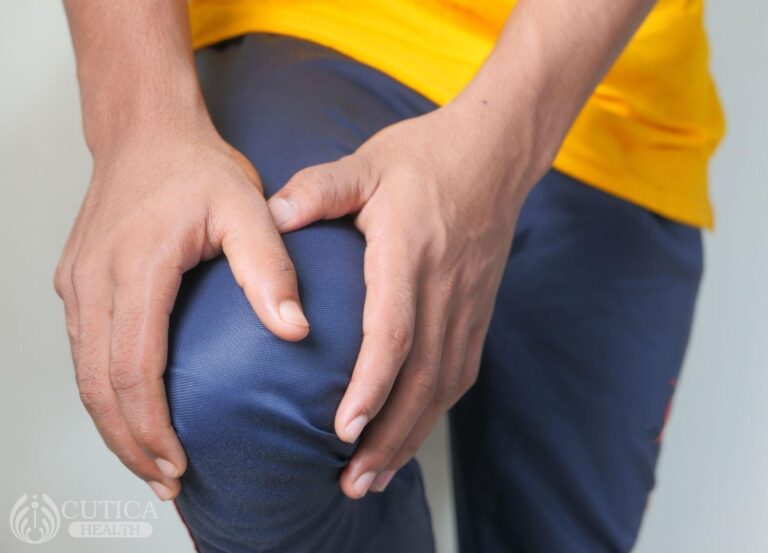What to Know about Psoriatic arthritis
Psoriasis is a skin condition in which the body attacks healthy skin due to problems with the immune system. Psoriatic arthritis refers to the inflammation of joints that occurs in some people who have psoriasis. The immune system attack damages joint structures, causing corresponding symptoms.
The cause of this immune attack on the body’s own tissue is largely unknown; however, certain factors have been found to increase the risk of psoriatic arthritis. These include:
- Family history
- Advanced age
- Cigarette smoking
- Excessive weight
- immune diseases such as HIV
Symptoms of Psoriatic Arthritis
Psoriatic arthritis, like psoriasis, is a chronic disease with symptoms that progress over time. Some days may be good with minimal or no symptoms and other days may bring severe discomfort from joint symptoms.
Common joint symptoms in psoriatic arthritis include:
- Pain
- Swelling
- Stiffness
- Deformity
- Reduced range of motion

Psoriatic arthritis may also produce symptoms outside the joint, especially in the nails and the eyes. These symptoms include:
- Cracking of the edge of the nail
- Oil spots on the nail
- Separation of the nail from the nail bed
- Discoloration of the nails
- Abnormal horizontal ridges across the nails
- Bleeding beneath the nail
- Pits within the nail.
- Eye redness
- Eye pain
Triggers of Psoriatic Arthritis Flare-ups
Certain factors can cause these flare-ups and they differ between individuals.
Common triggers of a psoriatic arthritis flare-up include:
- Stress
- Dry skin
- Infections such as upper respiratory tract infection.
- Cuts to the skin
- Heavy alcohol intake
- Smoking
- Obesity
- Cold, dry weather
- Some medications, such as beta-blockers and certain antimalarial drugs.
To find out what your triggers are, keep a symptom diary in which you note down what you were doing when your symptoms began. Also note other changes, such as any new medication or recent stressful activities.
How to Lower Symptoms of Psoriatic Arthritis
There is no established cure for psoriatic arthritis, therefore the goal of treatment is to improve the symptoms and prevent complications.
There are different treatment options for psoriatic arthritis and the treatment plan depends on individual preference and the stage of the disease. The treatment options include medicines to control pain, swelling and inflammation, and lifestyle modification.
. These include:
- Regular exercise: Exercising every day relieves the pain, stiffness in joints and muscles. Furthermore, physical activity helps to burn extra calories, keeping the body weight in check. Low-impact exercises such as biking, swimming, and walking are preferred, as these are milder on the joints.
- Quit Smoking: Smoking has been established as a trigger for psoriatic arthritis flare-ups.
Psoriatic arthritis is a joint problem seen in some people with psoriasis. Its symptoms may range from mild to extremely severe. Although there is no cure, proper treatment can improve the symptoms and prevent complications.













